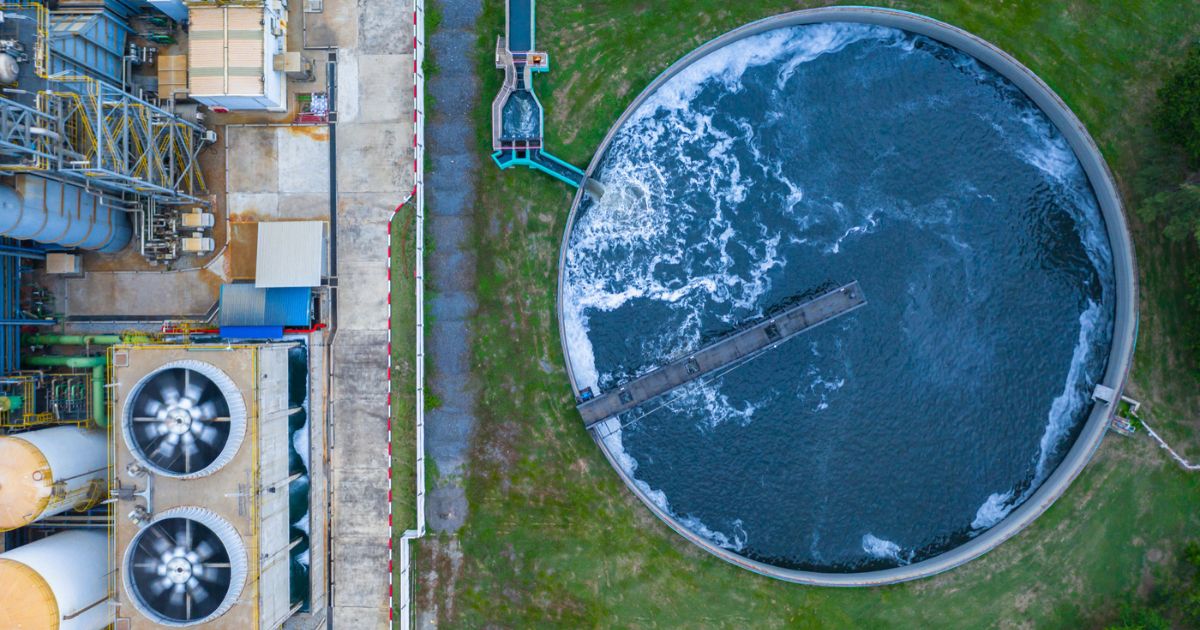

The global agora of water and wastewater treatment chemicals presently contends with a perspicacious challenge in the efficacious stewardship of aqueous resources. This managerial lapse exacts a toll on public health, its deleterious impact wrought by the profligate squandering of terra firma, surface aqueous domains, and subterranean aquifers. The immediacy of redressing this predicament is further compounded by the burgeoning planetary water stress, precipitating the ruination of limpid aquiferous founts and the concomitant proliferation of waterborne afflictions such as cholera, dysentery, and hepatitis A.
As the temporal nexus hurtles towards the annum 2025, the World Health Organization prognosticates a scenario wherein moiety of Earth’s populace shall dwell in water-stricken demesnes, accentuating the exigency for expeditious and strategic interpositions. It merits attention that a mere percentile of our planet’s aqueous endowment is potable, accentuating the clamorous demand for unsullied aqueous resources concomitant with the burgeoning demographic and urbanization milieu. This burgeoning demand underscores the imperative for a paradigmatic transmutation in aqueous administration methodologies to ensure the tenability of our practices.
The emporium for water and wastewater treatment chemicals is poised for prodigious expansion, prognosticating an ascent to $38.50 billion by the terminus of 2029. This ascendant trajectory is principally propelled by the spiraling exigency for water amelioration agents across sundry sectors encompassing municipal services, petrochemical enterprises, and energy generation. Coagulants and flocculants assert their ascendancy within this emporium, presiding as pivotal actors, whilst the municipal sector emerges as the preeminent end-user cohort.
The Asia-Pacific precinct, notably the celestial realm of China, spearheads the pecuniary fruition within this marketplace, boasting a prophesied Compound Annual Growth Rate (CAGR) of 7.31% during the decadal interregnum from 2019 to 2029. The competitive stratum showcases leviathans such as Akzo Nobel N.V, Ecolab, and SUEZ, adroitly executing stratagems of corporate augmentation and product inaugurations to fortify their market immanence and capitalize on nascent prospects.
Notwithstanding the propitious growth prospects, the realm of water treatment chemicals contends with tribulations. These quandaries encompass the paucity of economical alternatives in water treatment methodologies, the onerous burden of upkeep costs, and the vicissitudinous trajectories of raw material valuations. Industry stakeholders are enjoined to navigate these vicissitudes to ensure perennial growth and harness the burgeoning demand for sustainable aqueous governance.
Assiduous endeavours to confront these quandaries assume cardinal importance, especially in the context of the global mandate for sustainable aqueous governance. With the crescendoing cognizance and the relentless march of urbanization, the vista for the market remains sanguine. The amplifying global cognizance of ecological conundra and the imperativeness of sustainable modalities are anticipated to propel the demand for water and wastewater treatment chemicals in the ensuing years.
In riposte to the kaleidoscopic market vicissitudes, juggernauts of the industry such as Akzo Nobel N.V are adroitly embracing stratagems of corporate augmentation and product launches to retain competitiveness. This proactive modus operandi empowers entities to penetrate untrodden market sectors, diversify their product matrices, and consolidate their overarching market standing.
The hegemony of coagulants and flocculants in the market accentuates their efficacy in aqueous amelioration processes. As linchpin constituents, they assume a pivotal role in expunging impurities and contaminants, thereby guaranteeing the dissemination of unsullied and salubrious water for sundry industrial and municipal applications.
The preeminence of the municipal sector as the largest end-user cohort underscores the pivotal function of water and wastewater treatment chemicals in ensuring the provision of potable potations to urban agglomerations. As the wave of urbanization burgeons unabated, the requisition for efficacious aqueous amelioration resolutions in municipal milieus is anticipated to endure.
In summation, the emporium for water and wastewater treatment chemicals stands at a confluence, confronting challenges and prospects in equipoise. The navigation of these quandaries necessitates a stratagem that is both astute and innovative from industry stakeholders, buttressed by an unwavering allegiance to sustainable praxes. As the emporium unfolds its evolutionary trajectory, the role of water treatment chemicals in the custodianship of public health and ecological well-being is fated to attain augmented prominence.